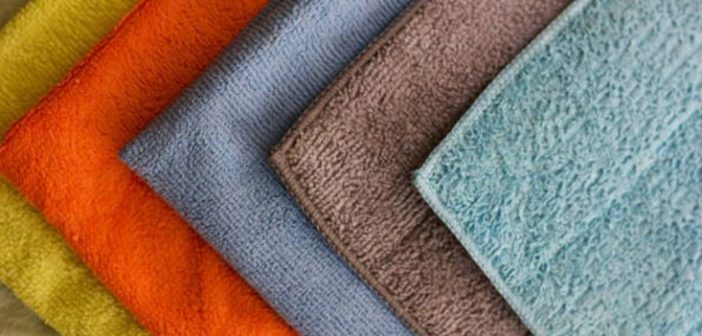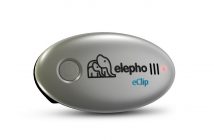How to Properly Wash Microfiber Cloths
Microfiber cloths are an indispensable tool when cleaning your home or car. They make the task much easier by wiping away dirt and spills more effectively compared to other cleaning cloths. They’ll work just as well even if you pair them with plain water, so they’re a safe option for people who have adverse reactions to soaps or fragrances. At the same time, due to their popularity as cleaning materials, microfiber cloths are available in different shapes and sizes, and some even come with Velcro so they can be attached to other cleaning implements, like mops.
Despite their versatility and functionality, microfiber cloths are easy to ruin. What makes them so effective as a cleaning material also makes them quite vulnerable to everyday wear and tear. Unlike regular threads that often have a circular shape, microfiber threads have wedge-shaped fibers around them. The fibers sweep up and trap dirt and debris, and the wide surface area of the threads make it easy for them to absorb liquids. At the same time, because of these qualities, microfiber cloths are prone to damage and contamination if they are not washed well.
Washing Microfiber Cloths
One of the ways to prolong the life and usefulness of your microfiber cloths is to wash them properly. Microfibers should be cleaned after every use. Setting aside a dirty towel for a long while might cause the dirt to dry out, making it harder to remove. Washing microfiber fabrics is a little bit different from washing towels made of cotton or other fabrics. Here’s a step-by-step guide to how it’s done properly:
- Separate microfiber cloths into specific groups. Group towels depending on how clean or plush the towels are, or which car part the towels were used to clean: car interiors and windows, exteriors, wheels, or the engine bay. Wash pads with Velcro separately, too, as the Velcro can snag the threads of the towels. Wash microfiber towels only with other microfibers; other fibers produce lint that can stick to microfibers, which can be hard to remove.
- Use the right soap. When washing microfibers, steer clear of powder or granulated detergents that can make your towels rough. Instead, pick up a wash solution that is specially formulated for cleaning microfiber fabrics. Alternatively, you can go with a dye- and perfume-free liquid laundry or dish soap.
- Check the wash setting. Place the microfiber towels in the washing machine and set it to hot, but don’t go beyond 105 degrees Fahrenheit. If you’re washing pads, set it to warm; hot water can damage the glue membrane holding the pads together. The raised temperature helps break down waxes and polishes, plus it opens up the fibers of the towel, releasing accumulated dirt. Select regular spin speed setting and add the wash solution.
- Don’t use fabric softener. Fabric softeners can clog the wedge-shaped fibers of the cloth and prevent it from absorbing liquid properly, thereby reducing its cleaning efficacy.
- Use low heat to dry the towels. Machine drying is preferred as it can ensure that the towels will end up soft and fluffy. You can also choose to air dry the towels, but make sure they won’t be contaminated by dust or lint. High heat can cause the towel to turn stiff and hard, so avoid setting the machine to high heat or placing them under direct sunlight to dry.
A well-cared-for microfiber cloth can withstand 300 to 500 washes before needing replacement. Follow these steps carefully and you’ll find your microfiber cloths, towels, and pads useful for a much longer time.




